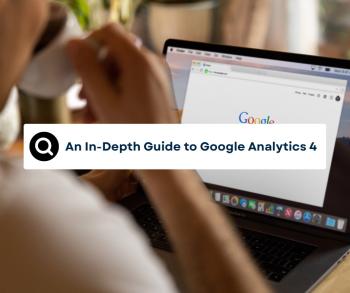An In-Depth Guide to Google Analytics 4
Google Analytics 4 (GA4) is the latest version of Google's popular web analytics platform. It's packed with new features and improvements, making it more powerful.
Keeping up with Google’s changes is an ongoing challenge, but switching to GA4 is going to have an impact on virtually every small business.
Broadstreet is one by one upgrading our clients to Google Analytics 4.
In the short term, this is a challenging process, but in the long term our clients will be better equipped for the Analytics of the future, and by converting early they will have more GA4 data available when the old Universal Analytics expires.
The current version of Google Analytics, called Universal Analytics, is scheduled to stop processing new requests on July 1, 2023.
One of Google Analytics 4's most notable features that we discovered is its focus on user engagement.
With GA4, you can see not only how many people visit your website, but also how long they stay and what they do while they're there.
This information can be extremely valuable in understanding your audience and tailoring your content to them.
Another great feature of GA4 is its built-in machine learning. This allows Google Analytics 4 to automatically analyze your data and provide insights that you might not have otherwise discovered.
Anyways, wondering what you can you expect? Well, new report functions, enhanced features, and predictive insights make this new generation of GA IMMENSELY powerful.
And…it will definitely help all the Broadstreets’s clients to get more control over their audiences than ever.
That being said, in today’s Broadstreet’s blog we'll shed a light on some of the basic aspects of the GA4 aka Google Analytics 4, and how you can use its features to your advantage. Let's get started!
Universal Analytics To Google Analytics 4: History Recapped
Google's official introduction to Universal Analytics (U.A) in October 2012 was significant but not surprising.
With the growing popularity of mobile (on-the-go) browsing, G.A. created new software that uses user I.D.s to monitor users across numerous devices.
Also, 2013 was a major year for the Google Analytics team, and Universal Analytics was at the forefront of innovations.
Google made enhancements to the user interface, launched new APIs, and included additional real-time information in over 70 product upgrades to assist users in better interpreting visitor behavior.
Google eventually announced the UA-wide released earlier that month. "Universal Analytics is Google Analytics reimagined for today's multi-screen, multi-device environment and all of the measurement issues that come with it."
Finally, we're at the latest announced Google analytics 4. How time just passed by, right?
At Broadstreet consulting, we're always opting to catch up with Google's momentum. We've always been evolving from Google's U.A. ( Universal Analytics) to GA4 whenever any new update rolled out.
And we've already started installing the GA4 for all our new clients so that they get all their data ( both past and present) in one place.
What Exactly Is Google Analytics 4?
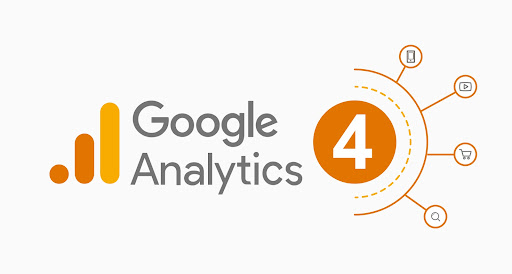
Google Analytics 4 is the most recent release of Google Analytics. This new generation of web analytics will enable marketers to monitor vital customer usage characteristics rather than merely measure traffic.
Google Analytics 4 follows a customer's journey across various platforms and uses AI and machine learning to deliver more detailed insights into how customers engage with your website and app.
GA4 is similarly concerned with client privacy. This supports contradicts some of the most recent privacy legislation, such as GDPR and CCPA.
GA4 is a powerful solution that gives unprecedented insights thanks to privacy-first tracking, cross-channel data measurement, and AI-driven predictive analytics.
Quick Q&A:
Q: Is Google Analytics 4 available for free?
A: Google Analytics 4 is a free property type, similar to Universal Analytics. There are no fees for utilizing one (or more) GA4 properties on your account.
How are Google Analytics 4 and Universal Analytics different?
The most obvious difference between Google Analytics 4 and Universal Analytics is that GA4 lets you report activity on both websites and apps. There are also the following differences:
There is a new dashboard for Google Analytics 4
Most likely, the first change you'll notice is the brand-new dashboard. It's easier to use, and many of the reports you're used to are gone or moved.
The navigation bar has buttons for home, reports, explore, advertising, configure, library, and more on the right.
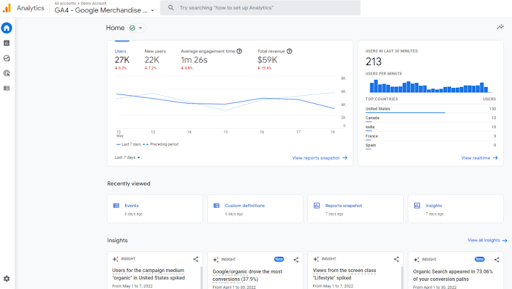
Google Analytics 4: New Additions
Google Analytics 4 is made to help you reach your most important goals, such as increasing sales or app downloads, getting more leads, or connecting online and offline customer engagement.
Note: Regarding GA4, the impact for small businesses is that they will lose all of their old data (UA data) and will have to start from scratch.
As a result, they want to get on GA4 as soon as possible (ASAP) so that they may start collecting data in the new format as soon as possible.
Another result of this change would be that conversion monitoring for paid advertisements on Google Ads will be considerably disrupted.
Here are a few examples of how Google Analytics 4 can help your business.
You can see the whole customer lifecycle with an event-based measurement model that isn't broken up by platform or put together in separate sessions.
For example, the UK-based fitness clothing and accessories company Gymshark used Google Analytics 4 to track how users moved through the purchase funnel on its website and app.
Because of this, they got 9% fewer users to leave, 5% more clicks on product pages, and 30% less time on user journey analysis.
Using data-driven attribution to improve ROI
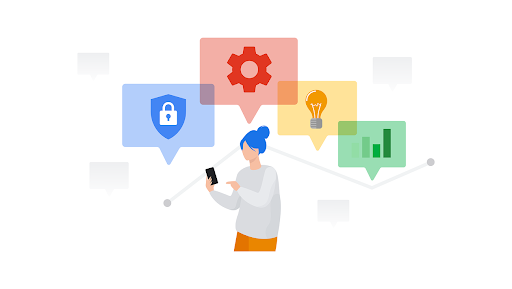
Use data-driven attribution to determine how your marketing affects your customers at every step of their journey.
Using your Analytics data gives credit for conversions to more than just the last click and helps you understand how your marketing activities affect your conversions.
You can use this analysis to improve campaigns by sending them to Google Ads and Marketing Platform media tools.
Keeping business and compliance needs in mind, measure engagement and conversions.
With the new country-level privacy controls, you can manage and limit the collection of user-level data, like cookies and metadata, while keeping essential measurement functions.
GA4 Provides Marketers With More Control
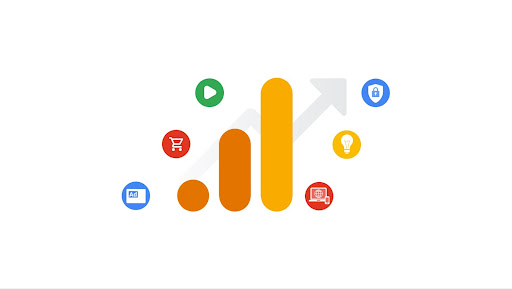
GA4 allows you to personalize the dashboard and view the reports that are most important to your organization.
It also integrates nicely with Google Data Studio, allowing you to generate bespoke visualizations of the acquired data.
Custom segments may also be created based on trigger events, which are simply a subset of events that occurred on your website or application. This allows you to track consumer interactions.
You may, for example, establish segments based on all conversion occurrences in a specific place. These features enable you to have a more detailed understanding of your users and their actions.
It's easy to use your insights
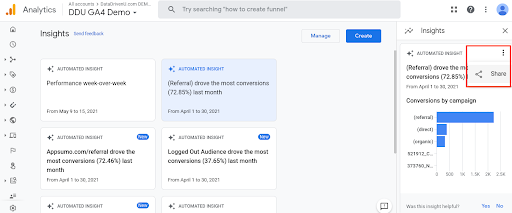
Expanded integrations with other Google products, like Google Ads, make it easy to use insights from Analytics to make your campaigns work better.
McDonald's Hong Kong reached its goal of increasing app orders by more than six times by using a predictive audience of "likely seven-day purchasers" and sending it to Google Ads.
The team saw a 2.3-times higher return on investment (ROI), a 5.6-times rise in revenue, and a 63% drop in cost per action.
"Google Analytics 4 has given us a solid way to measure things. With machine learning, we can get valuable insights from our first-party data and use them in our marketing. This has helped us get great results and future-proof our business.
Tina Chao, Chief Marketing and Digital Customer Experience Officer for McDonald's Hong Kong
And now, all customers can use the Search Ads 360 and Display & Video 360 integrations.
Any Google Analytics 4 property, standard or 360, can use its Analytics data, like conversions and audiences, in Google Marketing Platform buying tools to improve campaign performance.
Conclusion
Google Analytics 4 is an advanced tool that delivers essential information to your target audience.
And at Broadstreet (a leading Google Partner based in South Carolina), we have been working with Google regularly to upgrade all of our clients to GA4.
Though the GA4 offers various advantages, including cross-platform monitoring, increased data management, and AI-driven insights, there are some drawbacks too.
Several old stats present at the UA no longer exist in the GA4, which is troubling, but Google is working hard to solve all the issues as they want it to be widely successful.

